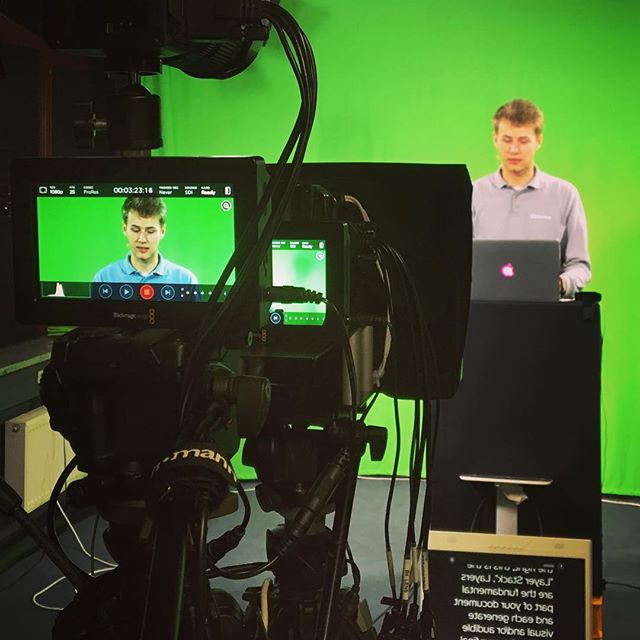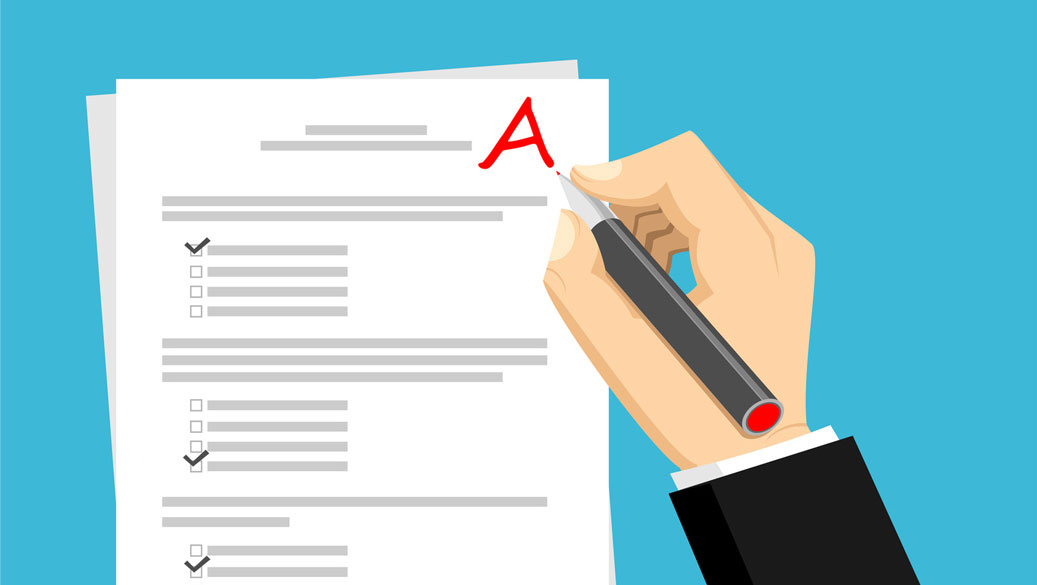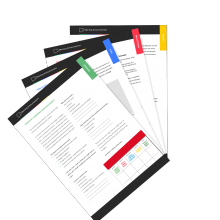News broadcasts are an integral part of morning announcements in every school. They are also a double edged sword. With the rise of social media, online news outlets and smartphones, news whether factual, factoidal or downright made up is ubiquitous. And that makes it all the more difficult for you to produce a section that will hold the interest of your students as their attention spans have become shorter. If they are not interested in what they are seeing, they are going to go back to browsing through their phones. Not only does it invalidate the purpose of doing a news section to educate your students, it is not very encouraging to the students and teachers who have spent a considerable amount of time producing the section. So how do you avoid this problem?
Presentation of the news
While it is an undeniable fact that most news can be found online, it is the presentation that distinguishes one source from another. And that is where your focus should lie. Place the responsibility of producing the news in the hands of a different class each week. Encourage them to research their sources well and come up with an opinion piece based on the news that can be opened up for debate later. This is an excellent way to get them geared up for college interviews as well.
Historical perspective on the news
Most of the news we see online is written by reporters who work under tight deadlines. This means that they often do not have the time to present anything more than the bare facts. The odd news channel debate on television is geared more toward roping viewers in and boosting the TRP ratings than lending any sensible perspective on the matter. This is not the case when you are doing a school news segment. Students are under no pressure to go and find the latest news. This makes it a slightly more exciting endeavor as it gives them the space to do deeper into a particular story. You must encourage your students to explore how the news fits historically with the events of a similar nature that happened before. This is something that they can discuss with the debate club head. Not only will this help them construct an argument on logical premises, it will give them a practical venue to explore what they study in the class on a daily basis.
Community news
This is where you get to make the broadcast stand out. Students must be encouraged to participate and interact with their local community. By getting more involved with their local community, teenagers get to come into contact with positive adult role models. Cooperating and interacting with the adults around them gives them a chance to see the world around them in a different way. It also gives them a chance to acquire new skills, boosts their self-confidence and mental health, which will reflect in their behavior with peers. News stories based on community activities and events are just a natural extension of this activity. Not only does this give them a chance to make up news stories based on first principles, it will also give them an insight on how to sort through what they read online better.
Need a handout? - No Problem! We've got one for you!
Student subject specialists
A school is a diverse ecosystem. Almost every student is good at something and encouraging them to build their skills is one of the primary functions of the school system. What does all this have to do with a daily news broadcast? For starters, you can have students who excel at a particular subject hunt for news in that domain. Not only will they love doing it, they will also be able to lend a unique perspective on it. They also get to explain the news to their peers in terms they understand, which is a great way for them to test their own understanding of the subject. This also gives the students a chance to get to know each other better.
Debates and guest interviews
You can organize debates on any national/international issue once every week. Have some senior faculty member coordinate the session, but do not make participation compulsory. If a student does not want to participate, it is up to him/her. This gives students a great chance to form concrete opinions about current political news and come to understand how another person might have an equally valid and different point of view. It is the most effective way for them to learn the cornerstone of democratic thinking. You can also invite guests once every week and have someone from the student body interview them.
How to train your students to do to hunt for interesting news stories?
You need to train your students to pick stories that are newsworthy. Timeliness and proximity of the event are major factors, but they need to be taught that the quality of production matters more than anything else. They should be trained to look for what statistician turned philosopher Nassim Nicholas Taleb calls “Black Swans”, events that are unpredictable and rare. They should be trained to pick out anomalies and outliers, as they shed a lot of light on the normal course of events. They should also be trained to analyze the possible future impact of a particular event. This is a great way to train them on first principles and logical deductions. Human interest stories and news items that express some form of ideological conflict between the different factions of the population are also something that they need to be trained to look for.
Typically, the training should start at the end of the school year so that they are well versed with a basic broadcast and are ready to go live by the following year. Once you set the wheels in motion the right way, everything else should take care of itself. The students who are responsible for the broadcast will pass on their skills to the next batch and you will have a steady stream of informative news in your daily broadcasts for years to come.
Photo Credit Featured Image: © Fotolia / ra2 studio






